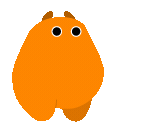Candlestick Patterns

The Tale of Candlesticks: A Bright Light in Trading
Let’s hop into a time machine and travel back to 18th-century Japan—where candlesticks weren’t just lighting up homes; they were illuminating the rice markets. A trader named Munehisa Homma, often regarded as the father of Japanese candlestick charts, was behind this discovery. Homma was no ordinary trader; he was like the “LeBron James” of rice trading, dominating the markets in Osaka and Sakata. His brilliance lay in observing price movements, and he eventually created a charting system to visualize them.
He noticed patterns in the way traders behaved. For instance, when people panicked and sold their rice, prices plummeted. But when confidence bloomed, prices surged. Through these patterns, he designed the precursor to the candlestick chart we use today. Little did he know, he wasn’t just revolutionizing rice trading—he was laying the foundation for modern technical analysis!
The Anatomy of a Candlestick: Breaking It Down
Fast forward to the present day, and candlesticks are no longer about rice—they’re about everything tradable, from stocks to forex to crypto. They give us a visual representation of price action within a specific time frame. Let’s dissect these bad boys like a biology class (minus the frogs).
1. The Body
The “body” of the candlestick is the thick part in the middle—it shows the opening and closing prices during the time period. Think of it as the candlestick’s torso—short, stubby, tall, or thin, it’s all about how much ground the price covered.
Long body: This screams strong buying or selling pressure. Imagine a tug-of-war match where one side just obliterates the other. If it’s green (or white in traditional charts), the buyers were in charge. If it’s red (or black), the sellers had their day.
Short body: This suggests indecision or a market that's catching its breath. Buyers and sellers are evenly matched, like two arm wrestlers who can’t quite pin each other.
2. The Shadows (Wicks)
The “shadows” are the skinny lines poking out above and below the body. They’re like the candlestick’s arms, showing the high and low prices for the period.
Long upper shadow, short lower shadow: Picture this—buyers came roaring in, bidding prices higher, flexing their muscles like they just won the Mr. Universe contest. But before they could secure the crown, sellers swooped in like party crashers and shoved the price back down. This often results in a bearish signal.
Long lower shadow, short upper shadow: In this scenario, sellers start the fight strong, flashing their washboard abs and pushing prices down. But buyers don’t back down—they rally, snatch the control, and drive prices up to close near the opening price. This often hints at bullish momentum.
3. The Open and Close
These two points are the bread and butter of the candlestick. The open marks where the price started during the time period, while the close marks where it ended.
Green Candlestick: Close > Open. This means buyers were in charge and pushed prices higher.
Red Candlestick: Close < Open. Sellers dominated and drove prices lower.
Why the Length of the Body Matters
The length of the body isn’t just for show—it tells us a lot about the market mood.
Long Body:
If it’s green, buyers are throwing a wild party, buying everything in sight.
If it’s red, sellers are on a rampage, smashing bids like a Black Friday crowd grabbing TVs.
Short Body:
Indecision! The market is like a kid staring at a menu, unable to decide what to order. This often leads to consolidation or a potential breakout.
Fun Fact: The Doji Candlestick
Now and then, you’ll stumble upon a candlestick with no body at all—or a super-thin one. This is called a doji. It’s the equivalent of a “meh” shrug from the market. Neither buyers nor sellers could gain the upper hand, leaving the price to close almost exactly where it opened. Watch out for these—they often signal that a reversal or breakout could be brewing!
Candlestick Patterns: A Quick Preview
Candlesticks don’t just stand alone—they form patterns that tell a story. While we’ll cover these in-depth later in the course, here’s a sneak peek:
Hammer: A small body with a long lower shadow. It’s like Thor’s hammer—strong and bullish, signaling a reversal after a downtrend.
Shooting Star: Opposite of the hammer, with a long upper shadow. Sellers say, “Not today!” and wrestle back control.
Engulfing Candles: One candle “engulfs” the previous one, shouting, “Outta my way!” These patterns pack serious reversal signals.
Why Candlesticks Are Better Than Plain Charts
Using candlesticks over simple line charts is like switching from black-and-white TV to 4K Ultra HD. You get more detail, more drama, and more clarity. Line charts only show the close, while candlesticks reveal the open, high, low, and close, giving you a complete picture of the market’s emotions.
Think of candlesticks as the emoji of trading—they convey so much more than just the numbers.
Wrap-Up: Lighting the Path to Market Mastery
Candlesticks are the OG storytelling tool in technical analysis. They were born in the rice markets of Japan but have found their way into every corner of global trading. From the body to the shadows, each part of the candlestick offers insight into who’s in control—buyers or sellers—and what might happen next.
As you practice reading candlesticks, you’ll begin to feel like a market detective, piecing together clues and predicting the next move. It’s fun, it’s engaging, and with a little humor along the way, you’ll master this art in no time.
So, next time you see a candlestick with a long upper shadow, just imagine buyers hitting the gym, only to be humbled by a gang of sellers. Who says technical analysis can’t be fun?
Single Patterns

Marubozu
A bear wandered into the trading forest and stopped dead in its tracks, eyes wide as it stared at the Marubozu candlestick. This wasn’t just any candle—it was a giant beast of a candlestick, with a body so long it could double as a skyscraper. But the kicker? It had a mustache. “What kind of candle grows a mustache?!” the bear mumbled, scratching its head. “No hesitation, no second-guessing—just straight-up power! Either the bulls are flexing and shooting prices sky-high, or the sellers are slamming everything down like they’re angry at the floor.” The bear squinted at the candle’s mustache again. “It’s either a strong buy or sell… but why does it look so smug?”
Here’s the deal with the Marubozu: it has a very long body and tiny shadows or none at all, except for a little shadow-stache at times. This shows strong buying or selling pressure, depending on its color. A bullish Marubozu means buyers are dominating the market, sending prices soaring, while a bearish Marubozu signals sellers crushing buyers and dragging prices down. But here’s the plot twist: a reversal often follows a Marubozu. So, after the candle flexes its power and makes its big move, the market might suddenly switch directions. It’s like the Marubozu says, “Look at me, I’m in charge!”—only for the market to whisper back, “Not so fast!”


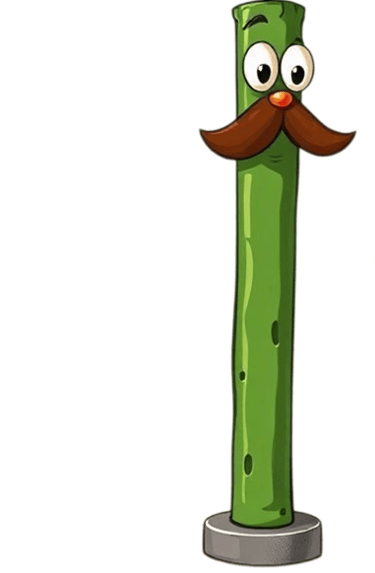


Spinning tops
On the candlestick chart, two spinning tops named Greenie and Red were having a lively exchange. Greenie, with its small body and perfectly matching upper and lower shadows, stuck out its tongue and teased Red, "Hey Red, check us out! We're the epitome of indecision. We can't decide whether to go up or down!"
Red, not one to be outdone, flicked its tongue back at Greenie and said, "Oh please, Greenie, we're just keeping the market on its toes! Remember that time we showed up during an uptrend? The market was so confused, it needed a confirming candle to figure out what to do next. If it turned out bullish, the uptrend would continue, and you'd get to bask in the glory. But if it was bearish, I'd step in and take over for a reversal."
Greenie giggled and responded, "And don't forget, when there are two or more of us, it sends the market into a spin 80% of the time! It can't make up its mind, and that's where the real fun begins. Whether it's an uptrend or a downtrend, we spinning tops sure know how to stir things up!"
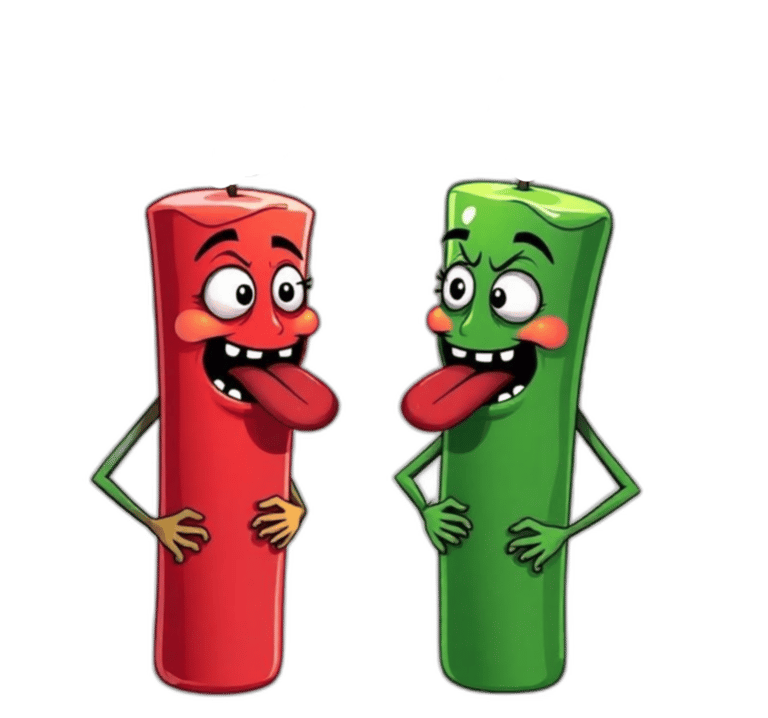

Characteristics of spinning top candlesticks:
Small Body: Represents a narrow range between the opening and closing prices.
Upper Shadow = Lower Shadow: Both shadows are roughly equal in length.
Indecision in the Market: Indicates that neither buyers nor sellers have control, leading to market uncertainty.
Trend Indicator: Appears in uptrends and downtrends.
During an uptrend, one spinning top means wait for a confirming candle.
A bullish confirming candle signals continuation; a bearish one signals reversal.
Two or more spinning tops suggest an 80% chance of reversal, though a confirming candle is still needed to validate the signal.

Dogi
Blink and Wink are Doji candlesticks, which have small or no bodies because the opening and closing prices are almost the same. They also have long upper and lower shadows.
One day, Blink said to Wink, "Hey Wink, when we show up during an uptrend, we really confuse the market! Traders wait for the next candle to see what happens. If it's bullish, the uptrend continues. If it's bearish, it's a reversal!"
Wink replied, "Yeah, and when there are two of us, 80% of the time, we signal a reversal. The market needs the next candle to decide if the trend will continue or change. We keep things interesting in both uptrends and downtrends!"
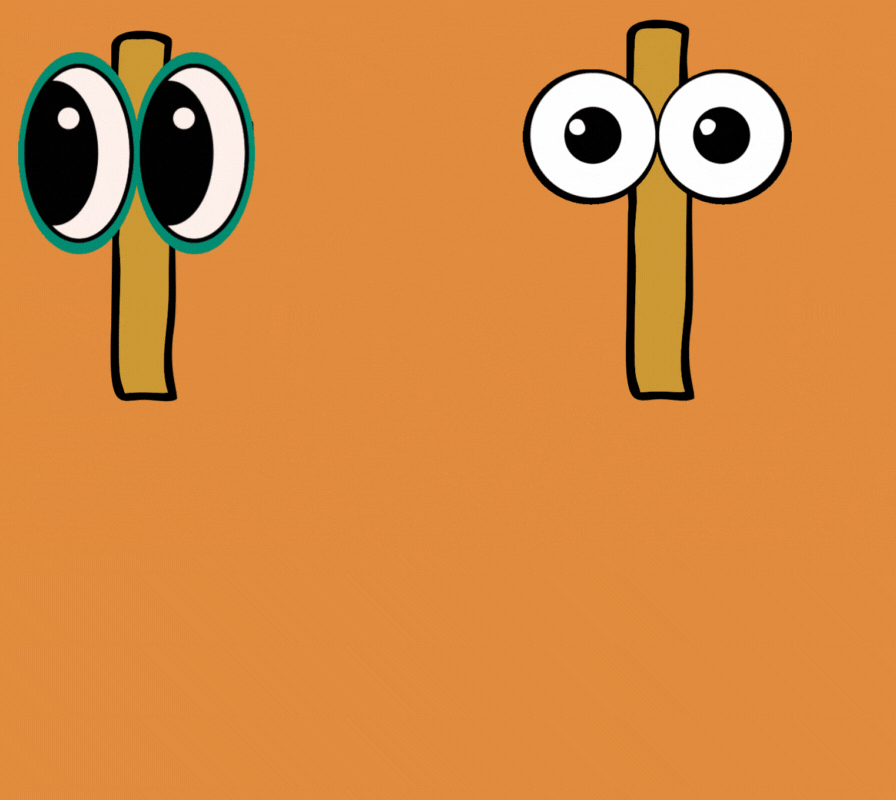

Doji candlesticks' characteristics:
Small or No Body: The opening and closing prices are almost the same.
Long Shadows: Both upper and lower shadows are long.
Indecision in the Market: Signals that neither buyers nor sellers have control.
Trend Indicator: Appears in both uptrends and downtrends.
One Doji: Wait for the next candle. If bullish, trend continues; if bearish, trend reverses.
Two or More Dojis: 80% chance of a reversal; need a confirming candle to decide.

Gravestone
Buster the Bear, feeling on top of the world, was confidently strolling through a bullish forest. The market was in an uptrend, and everything seemed just right. But suddenly, Buster heard a mysterious rustling sound behind him. He turned around and saw a gravestone slowly rising from the ground, and from it, a spooky hand shot out, reaching towards the sky!
Startled, Buster's fur stood on end. The hand's shadow stretched long above, while down below, there was hardly any shadow at all. Buster's eyes widened in shock as he realized the eerie significance of this apparition. The gravestone was sending a clear and spooky message: "The uptrend is over, and a reversal is coming!"
With a shiver down his spine, Buster knew that this was no ordinary signal. The hand from the gravestone was a warning of the market's imminent change. Recognizing the gravity of the situation, Buster scurried back to his den, knowing that the days of the uptrend were numbered, thanks to the gravestone candlestick's eerie warning. And so, the spooky hand from the gravestone became a legend in the forest, always remembered as a harbinger of reversals.
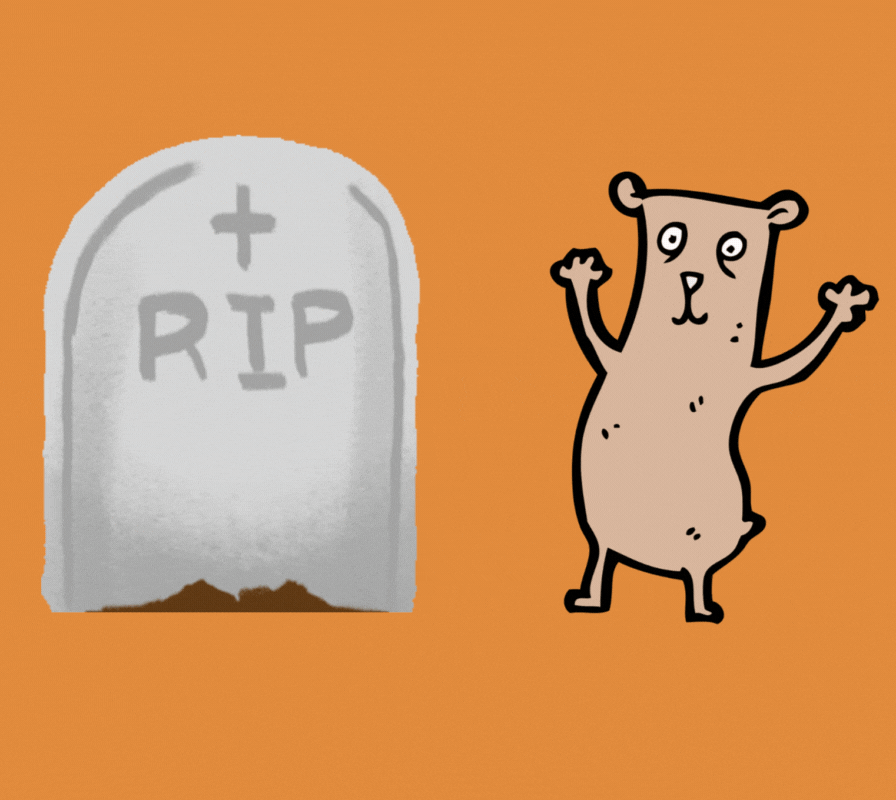

Gravestone Candlestick Characteristics:
Long Upper Shadow: Indicates buyers pushed prices up significantly during the session.
No Lower Shadow or Very Tiny Shadow: Shows the price didn't drop much below the opening price.
Open = Close Price: The opening and closing prices are the same or very close.
No Need for Confirming Candle: The gravestone candlestick itself is a strong signal.
Signals Reversal: Suggests the uptrend is losing momentum and a reversal is likely.
Appears Only After an Uptrend: This candlestick only shows up to announce the end of an uptrend.

Dragonfly
Traders have experienced it all, times of enthusiasm, times of greed, times of fear, and times of despair, they fall victim to their own emotions



Hammer vs Inverted Hammer
In this section, you will learn how to unlock your full potential and achieve the best performance in the market! Get ready to learn your 3 keys to success.
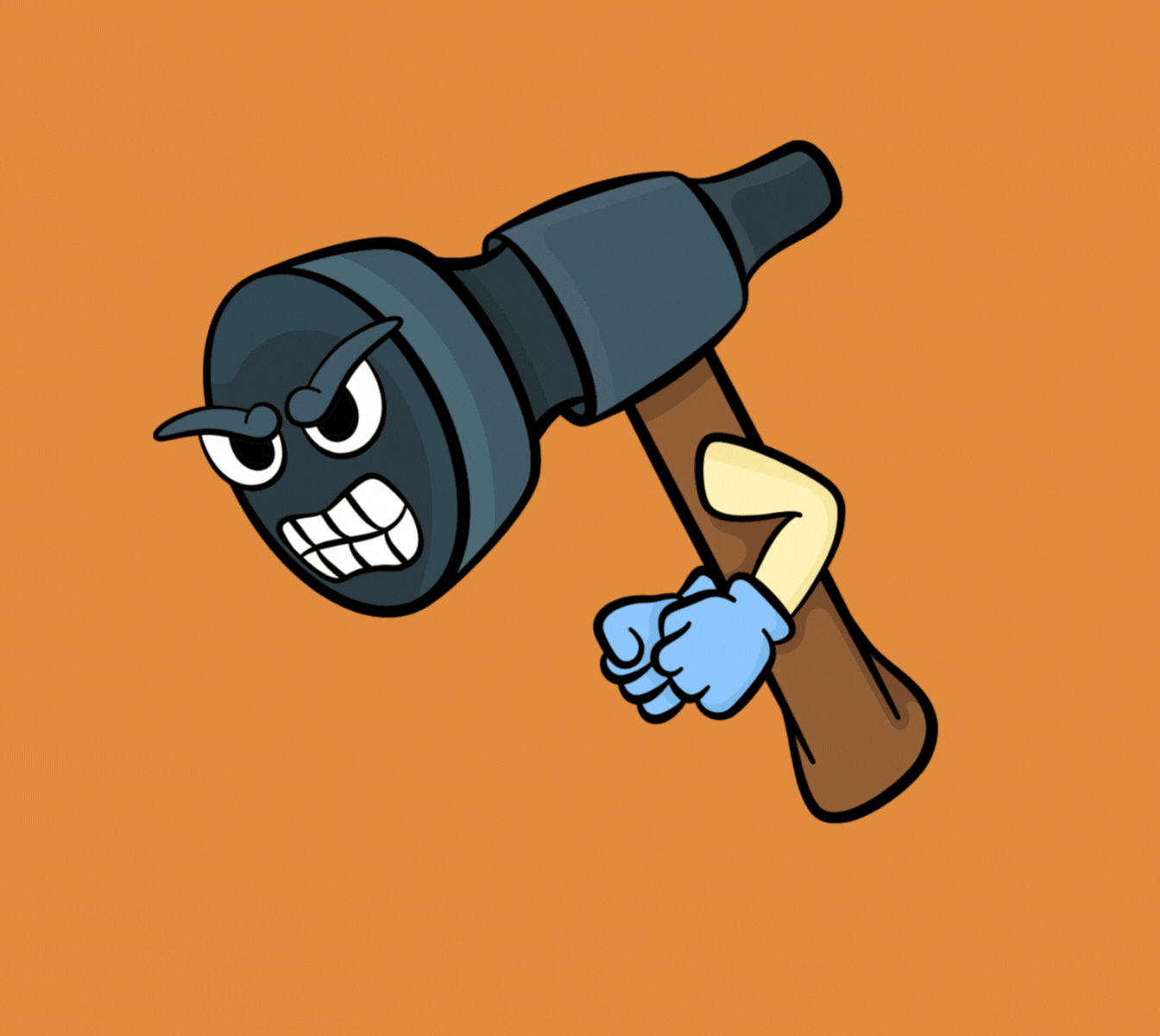


Hanging man
Traders have experienced it all, times of enthusiasm, times of greed, times of fear, and times of despair, they fall victim to their own emotions



Shooting Star
In this section, you will learn how to unlock your full potential and achieve the best performance in the market! Get ready to learn your 3 keys to success.


Double Patterns

Bullish & Bearish Engulfing
In this section, you will learn how to unlock your full potential and achieve the best performance in the market! Get ready to learn your 3 keys to success.
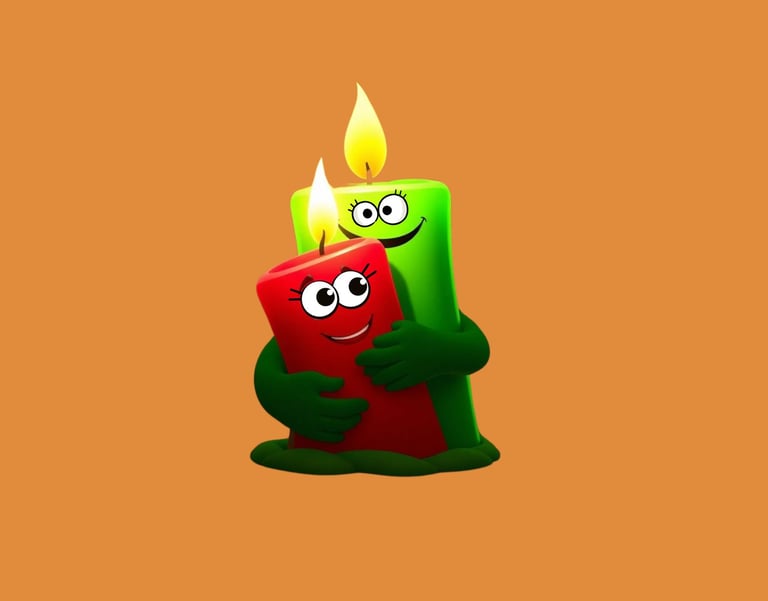


Harami vs Outside Day
Traders have experienced it all, times of enthusiasm, times of greed, times of fear, and times of despair, they fall victim to their own emotions
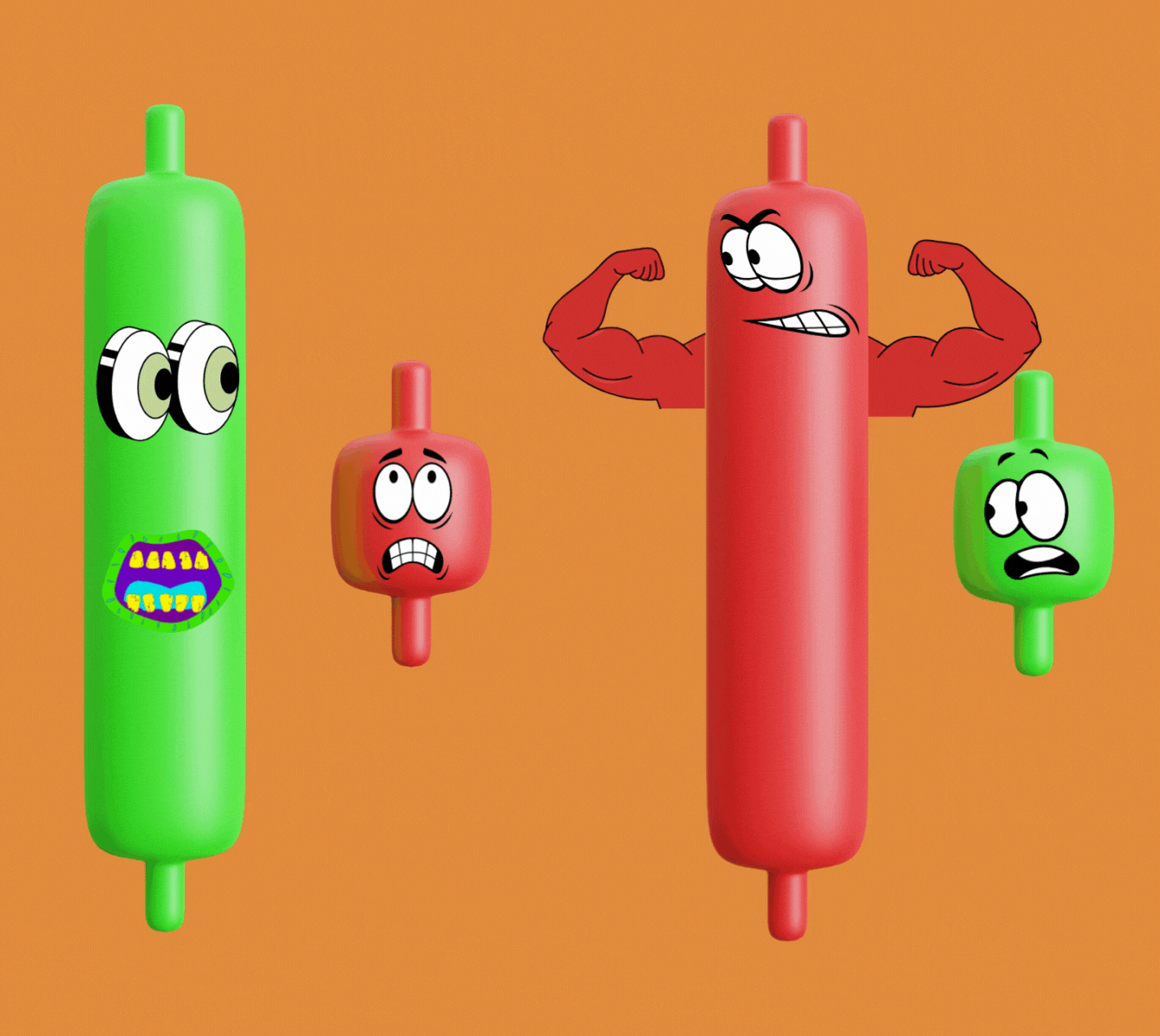


Piercing line
In this section, you will learn how to unlock your full potential and achieve the best performance in the market! Get ready to learn your 3 keys to success.
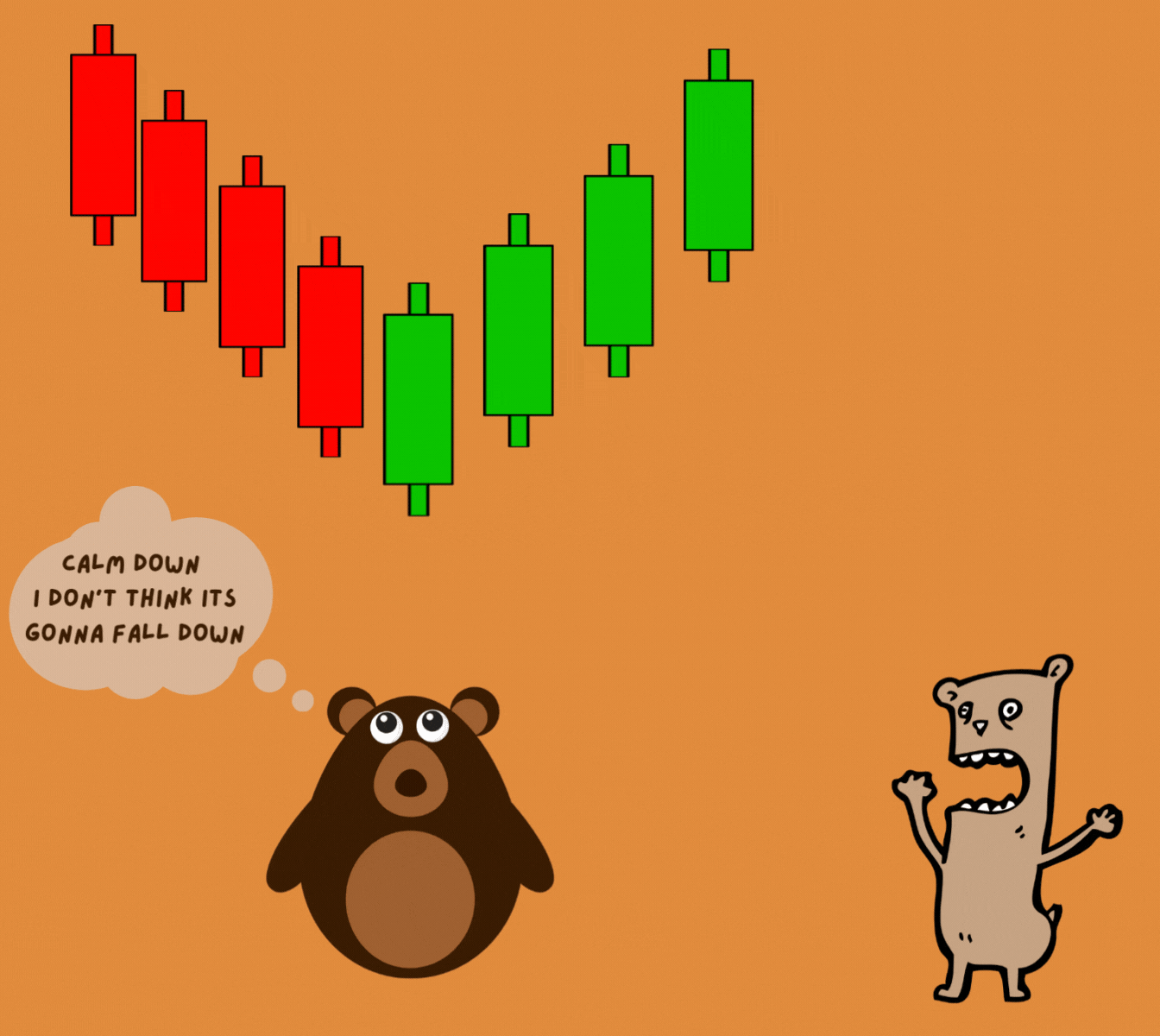


Dark Cloud Cover
Traders have experienced it all, times of enthusiasm, times of greed, times of fear, and times of despair, they fall victim to their own emotions
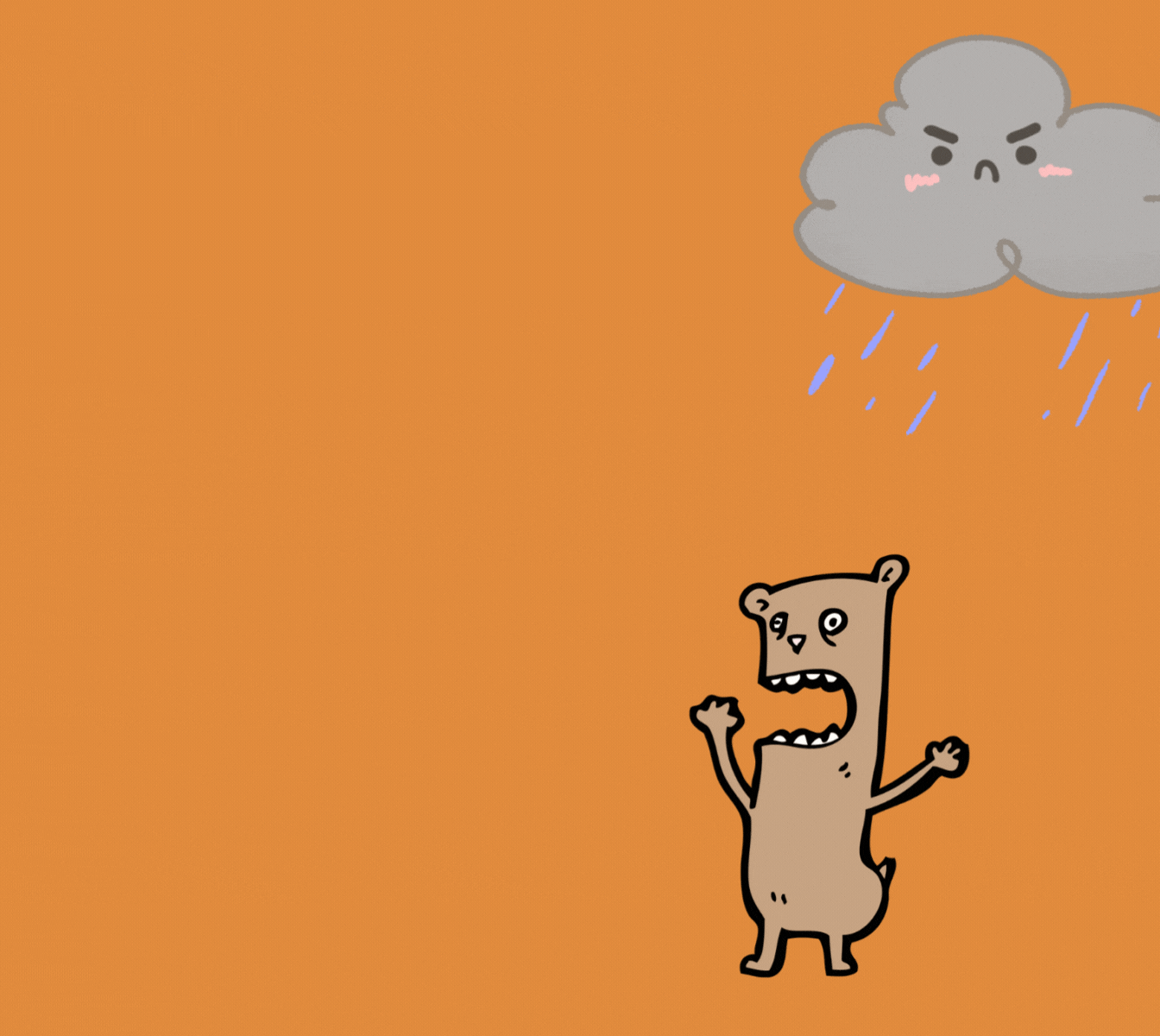

Triple Patterns

Morning & Evening Star
Traders have experienced it all, times of enthusiasm, times of greed, times of fear, and times of despair, they fall victim to their own emotions





Abandoned Baby
In this section, you will learn how to unlock your full potential and achieve the best performance in the market! Get ready to learn your 3 keys to success.



Stick Sandwish
Traders have experienced it all, times of enthusiasm, times of greed, times of fear, and times of despair, they fall victim to their own emotions
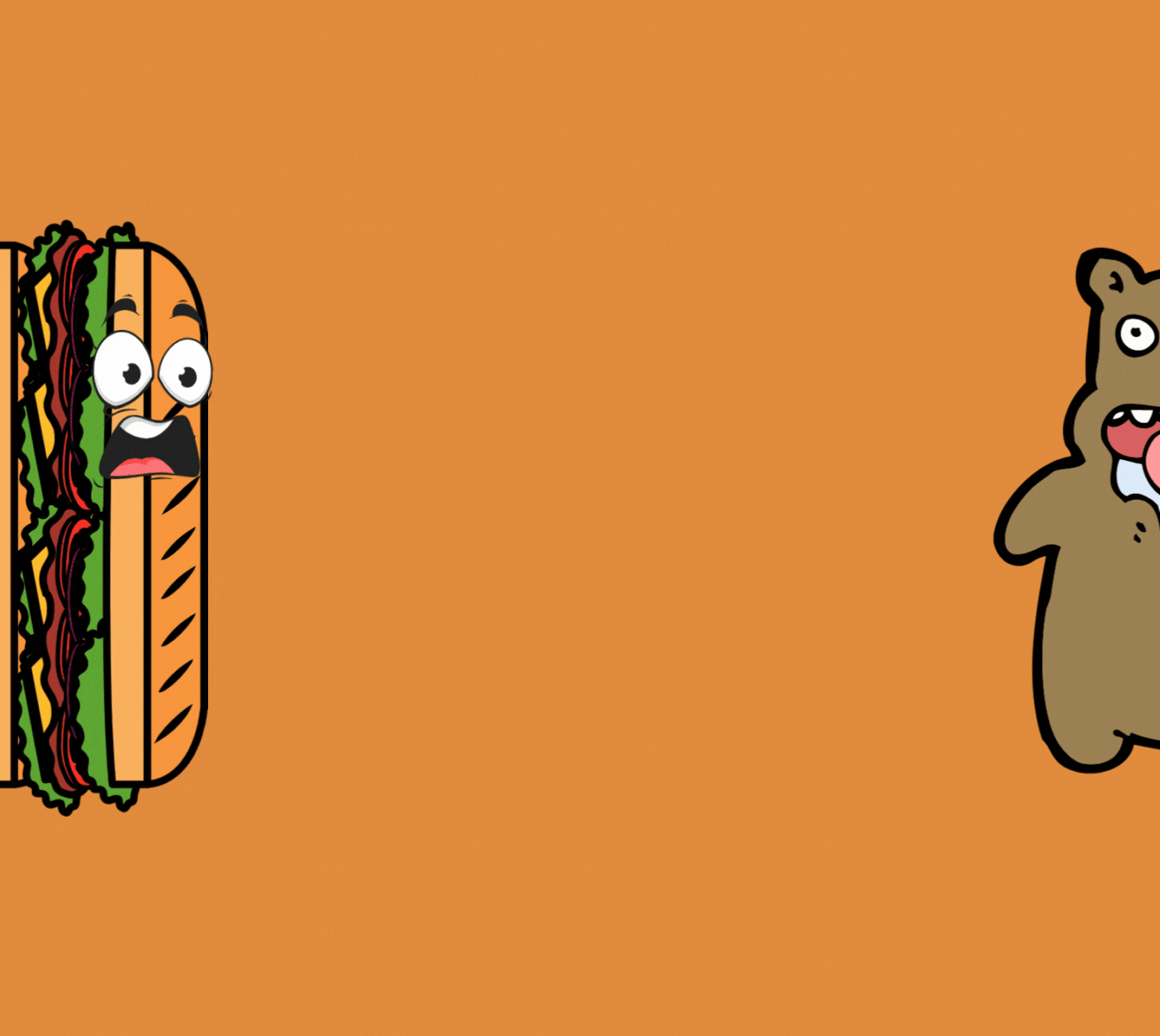


3 Black Crows & 3 White Soldiers
In this section, you will learn how to unlock your full potential and achieve the best performance in the market! Get ready to learn your 3 keys to success.
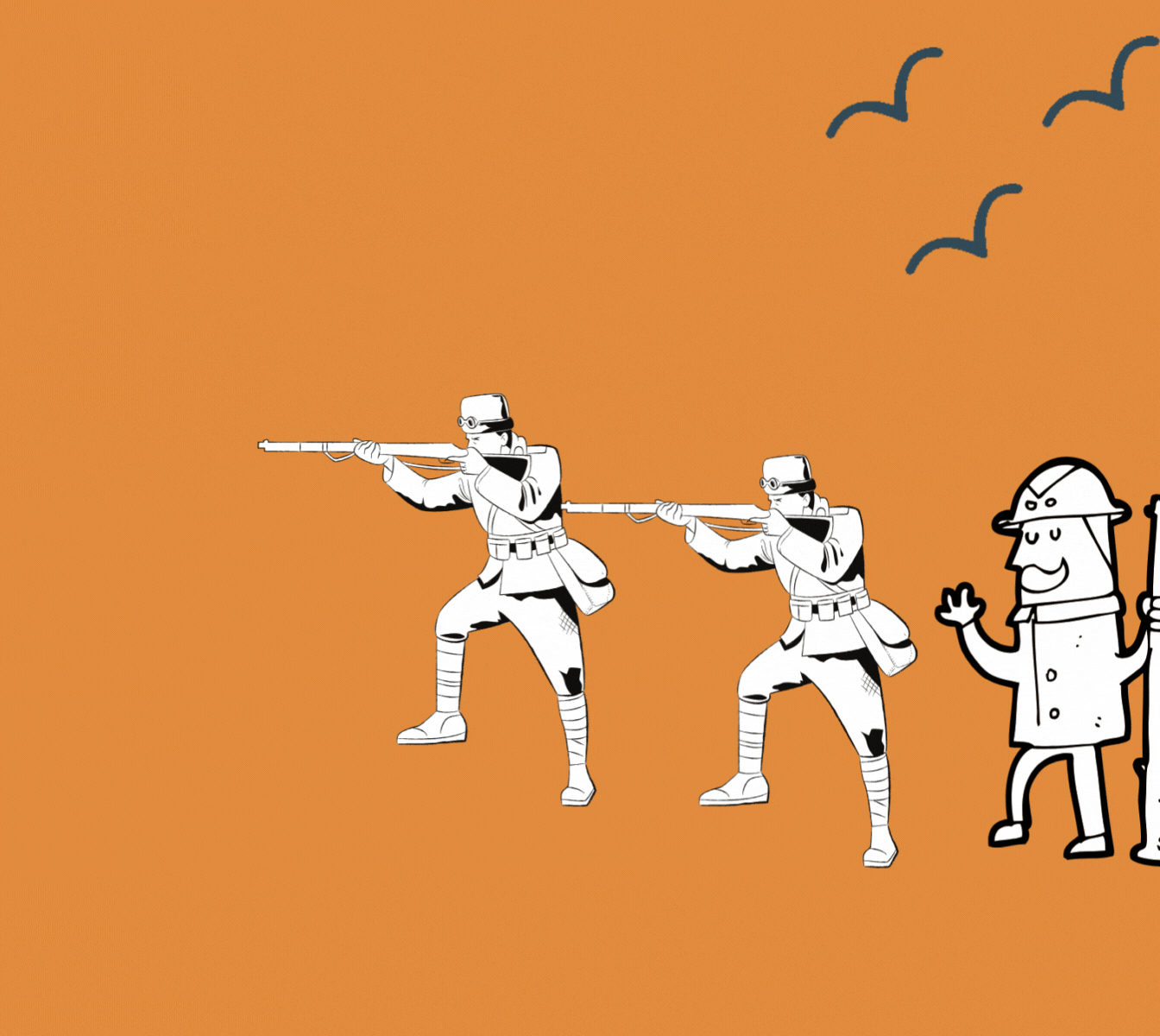

5 Candlestick Patterns

Rising & Falling 3 Methods
Traders have experienced it all, times of enthusiasm, times of greed, times of fear, and times of despair, they fall victim to their own emotions
